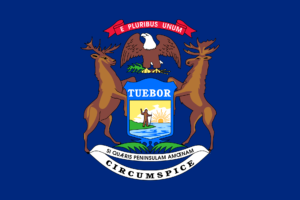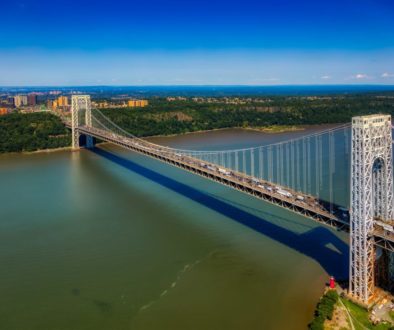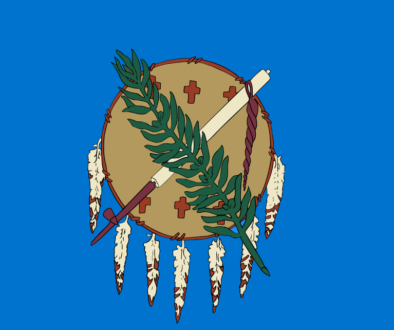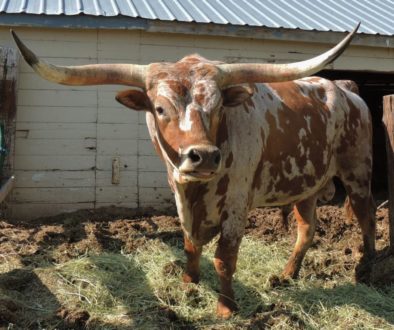Minnesota
History: Minnesota was inhabited by various indigenous peoples for thousands of years before European arrived. French explorers came, along with missionaries and fur traders, in the 1600s. Most of western Minnesota became part of the Louisiana Territory, owned first by Spain then by France. The eastern part of Minnesota was ceded to the U.S. after the Revolutionary War. When the western part was acquired with the Louisiana Purchase, both parts were put together. The construction of Fort Snelling between 1819 and 1825, with a water-powered sawmill and grist mill, brought thousands of people who came to build farms and cut timber. Minnesota came into the Union as the 32nd state on May 11, 1858.
Economy: Originally, Minnesota’s economy was based on production of raw materials – agriculture (grains, vegetables) lumber, minerals, metals, crude oil, and more. Over its history, it has transformed to manufactured, high-tech products such as gyroscopes, computers, control systems, and medical equipment. It also widely diversified in services such as retail, health, travel-hotel, and banking.
Climate: Due to its continental climate, Minnesota has extreme temperatures; with very cold winters and hot summers. It gets rain, snow, blizzards, thunderstorms, hail, tornadoes, and high velocity winds. The annual precipitation in Minnesota ranges from 19 to 35 inches, while snowfall can be as much as 170 inches.
Geography: The glaciers of 12,000 years ago once covered almost all of Minnesota. The remaining bed it created is the fertile Red River valley. Minnesota has some of the earth’s oldest rocks like gneisses which are about 3.6 billion years old (almost as old as Earth). The four ecological provinces in Minnesota are; prairies parkland (southwest, west), eastern broadleaf forest (Big Woods) in the southeast, the northwestern part going into tallgrass aspen parkland, and the northern part, Laurentian mixed forest. Minnesota has a great many lakes, and close to 11 million acres of wetlands.
Fun Facts:
- “Land of 10,000 Lakes” is Minnesota’s nickname; if one counts smaller lakes, the number actually goes up to about 12,000. The many lakes were created by melting glaciers.
- Minnesota has more recreational boats than any other state: one per every six people.
- Saint Paul and Minneapolis are called the ‘Twin Cities’, and are home to many large national companies.
- Minnesota has the largest mall in the U.S. called “The Mall of America”, about the size of 78 football fields.
- Minnesota has the largest population of timberwolves in the lower 48 states.
- International Falls is known as the ‘Icebox of the Nation’, for having the lowest average annual temperature of the 48 continental states.
Points of Interest:
- Gooseberry Falls State Park
- Como Park Zoo & Conservatory
- Walker Art Center
- Minnesota Landscape Arboretum
- Great Lakes Aquarium
- Lake Superior Railroad Museum
Six additional sites to visit for more information:
exploreminnesota.com/media/facts-figures
kids.nationalgeographic.com/minnesota




